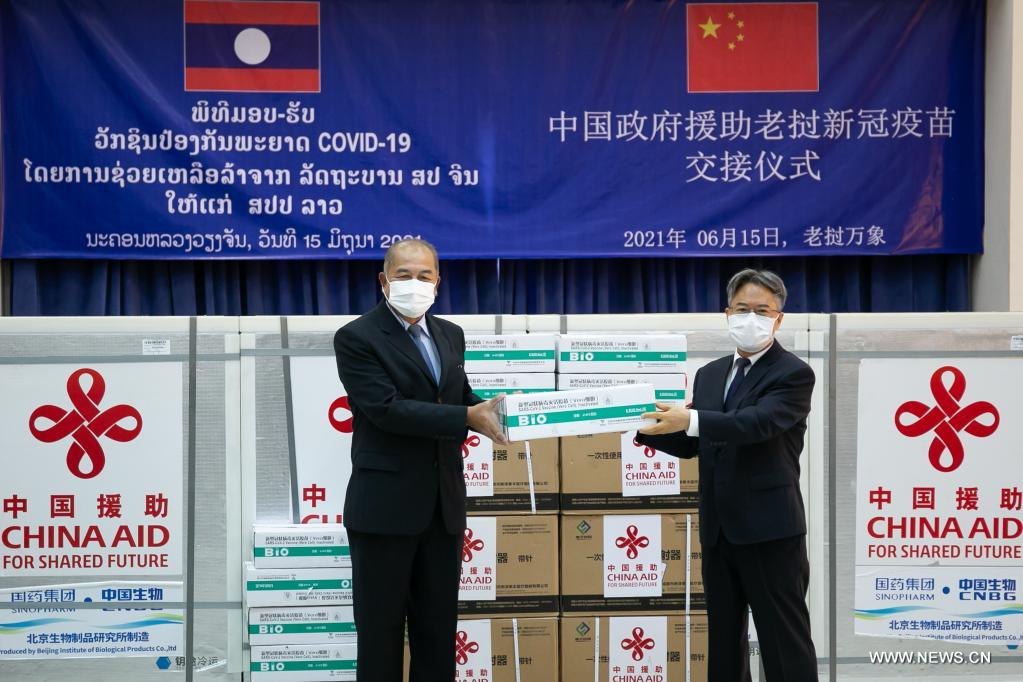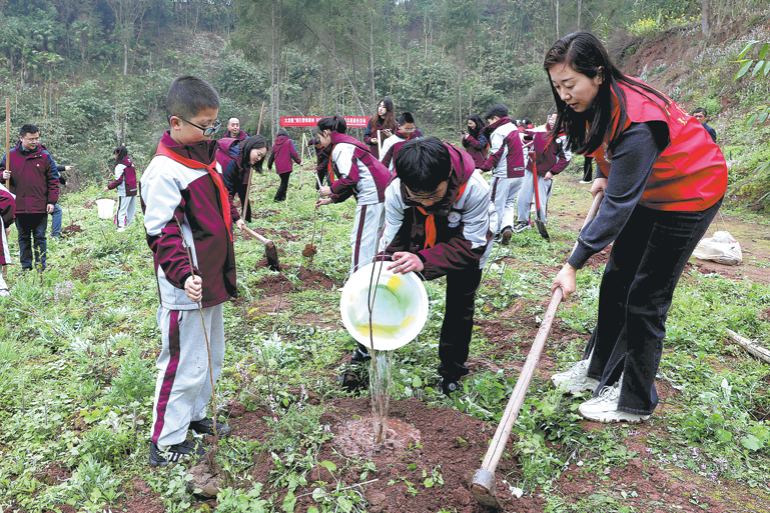China-made vaccines vital to pandemic effort


Help to developing world
Ricardo Palacios, medical director of clinical research at the Butantan Institute in Sao Paulo, Brazil, said that the nature of the two vaccines makes them ideal candidates for distribution in the developing world.
"There is a huge need for COVID-19 vaccines worldwide, and inactivated vaccines, like those from Sinovac and Sinopharm, are among the safest and easiest to handle," Palacios told China Daily.
The Sinopharm and Sinovac vaccines, made using long-standing technology, can be stored at normal refrigeration temperatures for long periods, unlike the mRNA vaccines from Pfizer and Moderna, which require ultracold storage.
"Those characteristics are particularly important in low- and middle-income countries, where the distribution of the vaccine has been limited in comparison to other countries," Palacios said. "The WHO validation of both vaccines will allow more countries to get the benefit of safe and effective vaccines to control this disease."
Palacios led a recent study in Brazil, known as Project S, which highlighted the ability of the Sinovac vaccine, known as CoronaVac, to bring outbreaks under control. Over the course of the spring, the Butantan Institute coordinated the vaccination of 95 percent of the adult population of Serrana in southern Brazil.
A commuter town with high traffic in and out of the city, Serrana had suffered sustained outbreaks earlier this year, when 5 percent of residents were infected.
After widespread inoculations with the CoronaVac vaccine, the number of symptomatic cases declined by 80 percent reduction. The study, published on June 1, found that mortality fell by 95 percent and COVID-19-related hospitalizations fell by 86 percent. Palacios said his team could tell the program was working even before it reached completion, and the incidence of the disease fell markedly in the unvaccinated group when vaccine coverage reached around 70 percent.
























